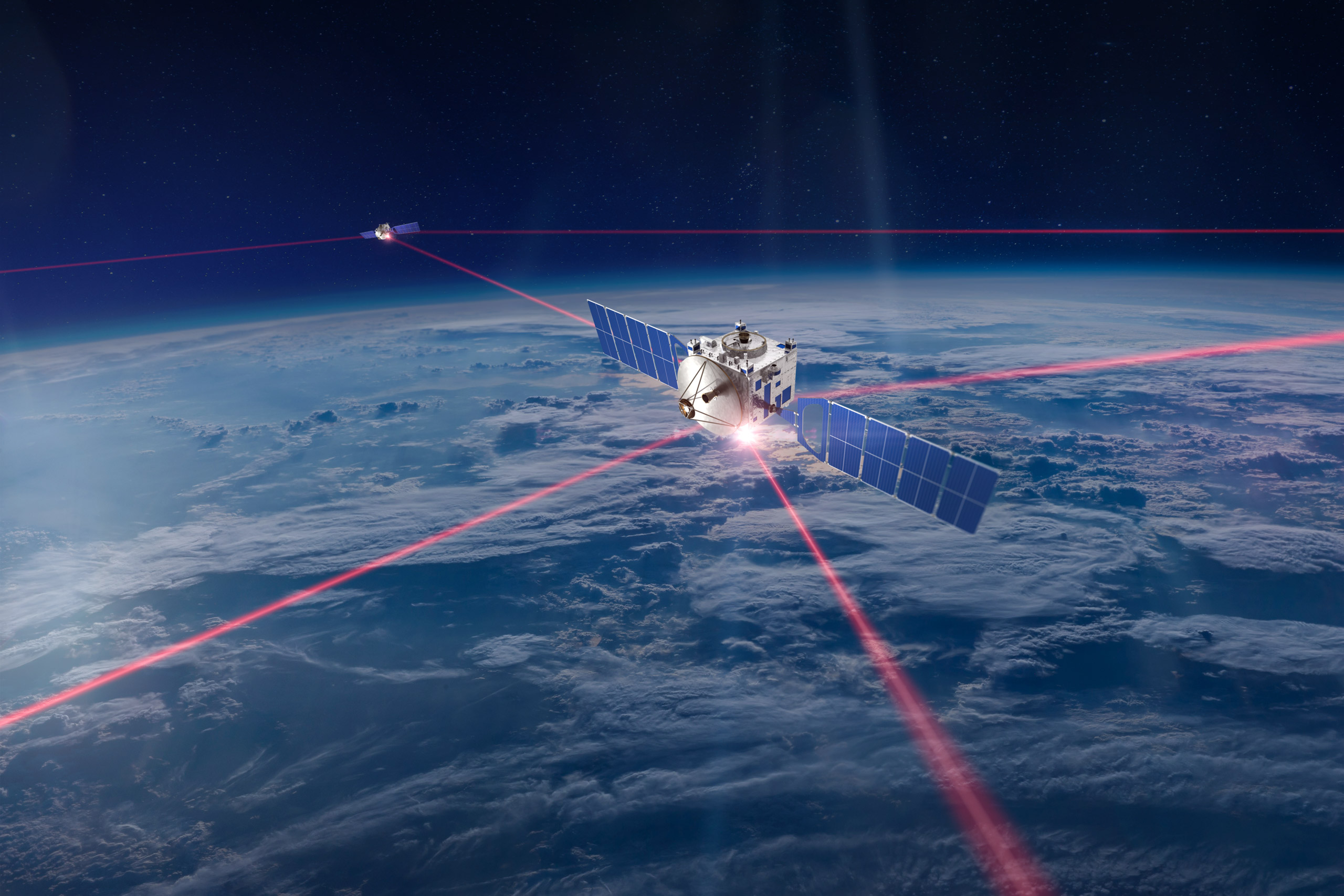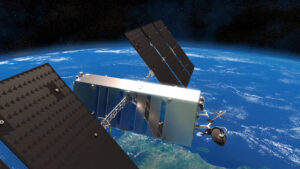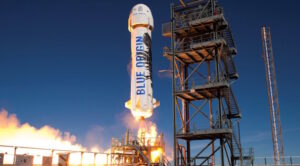ESA Picks Mynaric to Investigate Optical Technologies for High-Throughput Inter-Satellite Links
18th Feb 2022
Mynaric has entered into a partnership with European Space Agency (ESA) on a contract that will help the ESA to analyse, design, build, then test an end-to-end optical transmission system that can hit up to 1 terabit per second speed. Through this project, Mynaric will demonstrate its commitment to innovation and the focus on creating a truly connected planet through satellites.
Helping ESA to Revolutionise Optical Communications
According to Mynaric CEO Bulent Altan, as a part of the company’s product development roadmap, their engineers and the product development teams are providing input that is revolutionising the industry and achieving the potential of optical communication systems. Mynaric, as Bulent says, is able to take theory and implement it through planning, development, and efficient testing. This work helps to increase data speeds and helps to drive connectivity for Europe and the rest of the world.
Open Bidding for ESA ScyLight Projects
To get the project awarded, Mynaric went through a competitive open call. The project, known as Pegasus, was placed under ESA’s ScyLight program, which supports development, research, and the evolution of optical communications. Also, it provides flight opportunities for in-orbit verification. In addition, ESA runs the High Throughout Optical Network, which is focused on creating space-enabled optical networks that ensure people can connect in remote locations.
By establishing terabit speed backhaul, ESA ensures constellations can offer ultra-high speeds you would find in ground-based networks. This creates an alternative backhaul capacity for commercial and industrial applications, whose current speeds are insufficient. ESA argues that ensuring high speeds in space ensures industries and applications don’t rely on ground-based networks, which are susceptible to natural disasters and activity that threatens connectivity.






Thank you for your comment! It will be visible on the site after moderation.